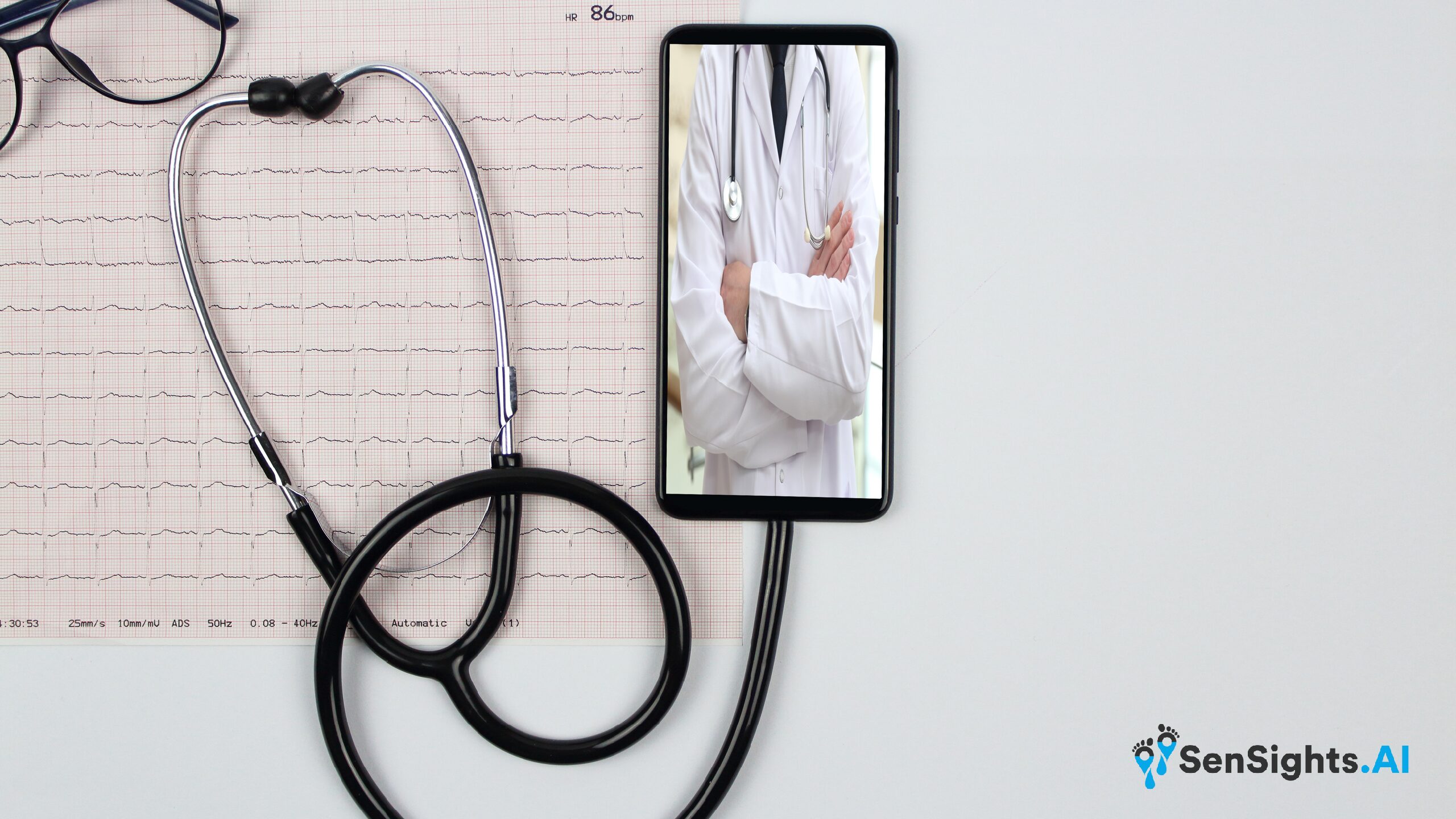Medically Reviewed By: Dr Alex Evans
Image Credit: Canva
Key Takeaways
- Technological Synergy in Healthcare: The convergence of Artificial Intelligence (AI) and wearables is reshaping the healthcare landscape. While AI emulates human cognition to interpret complex medical data, wearables transform bodily activities into meaningful data. Together, they promise real-time monitoring, predictive analysis, and personalized care plans.
- Empowering Patients and Virtual Care: AI-driven wearables not only empower patients with better understanding and control over their health metrics but also enhance the efficiency of virtual consultations. Physicians can now access and interpret data from a patient's wearable during remote sessions, making diagnosis and treatment more precise.
- Challenges and the Road Ahead: Despite the immense potential, the combination of AI and wearables presents challenges in data privacy, potential over-reliance on technology, and ensuring accessibility and affordability for everyone. Addressing these hurdles is crucial to realize a future where healthcare is proactive, personalized, and inclusive
Looking for reliable health monitoring devices?
There is a seismic shift occurring in the healthcare landscape,and it is being driven by technological innovation. Among the front-runners in this transformation are Artificial Intelligence (AI) and wearables, two domains which, when integrated, promise to redraw the frontiers of virtual care. Let’s explore how these technologies are collaboratively shaping a new era for healthcare.
Understanding the Power Players
Artificial Intelligence (AI): AI uses algorithms and software to emulate human cognition in the analysis, interpretation, and comprehension of complicated medical data. From diagnosis assistance to predicting patient deterioration, AI is steadily proving its mettle.
Wearables: These are smart devices worn on the body as implants or accessories. From smartwatches that monitor heart rates to specialized sensors tracking specific health indicators, wearables are turning every heartbeat, step, and sleep cycle into meaningful data.
Revolutionizing Patient Monitoring
Wearables, now being equipped with AI-driven algorithms, are not just data collectors but interpreters. The fusion ensures real-time, accurate monitoring and provides valuable insights.
For instance, a smartwatch could detect irregular heart rhythms, and an integrated AI can then analyze this data to predict potential cardiac events, alerting the wearer and medical professionals in real-time.
Personalizing Treatment Plans
With the continuous stream of data from wearables, AI can aid in devising a highly personalized health and treatment plan for individuals. It considers every parameter, from sleep patterns to activity levels, making recommendations that fit seamlessly into daily routines.
Empowering Patients
An informed patient is an empowered one. With the clarity that AI-driven wearables bring, individuals can take preemptive measures, understand their health metrics, and engage more effectively in their care processes. Not only does this improve outcomes, it also fosters a sense of ownership and responsibility towards one’s health.
Enhancing Virtual Consultations
Virtual care and telemedicine have become mainstream, especially post-pandemic. With AI and wearables at play, virtual consultations are no longer limited to discussing symptoms verbally. Physicians can access, analyze, and interpret data from a patient’s wearable, making remote diagnosis and treatment more efficient.
Challenges Ahead
While the synergy of AI and wearables in healthcare is promising, it still has a fair share of challenges:
Data Privacy: With a plethora of information being collected, ensuring the safety and privacy of this data is paramount.
Over-reliance on Technology: While AI is powerful, it isn’t infallible. There’s a risk of over-relying on it, which might lead to oversight in some cases.
Accessibility and Affordability: Ensuring that these advanced solutions are affordable and accessible to all, regardless of their economic or social standing, is crucial.
Conclusion
The fusion of AI and wearables is a harbinger of promise and change in the constantly evolving world of healthcare. We stand at the brink of a new era of virtual care with endless possibilities and responsibilities. By addressing the challenges head-on and leveraging the benefits, we can definitely help in bringing to reality a future where healthcare is more proactive, personalized, and patient-centric.
Want to know more about the future of telehealth?
MarkiTech has various subsidiaries with products and services targeted towards digital healthcare and telehealth/telemedicine and virtual clinic with laser focus on helping seniors age in place and help their caregivers.
Sensights.ai is a company focused on remote patient monitoring and aging solutions, which utilizes artificial intelligence to track the health of patients and keep a round-the-clock connection between caregivers and patients.
As well, Veyetals uses rPPG and AI modeling algorithms to capture the light reflected by the blood vessels under a patient’s skin to measure vitals anytime, anywhere.
Lastly, we are now launched our latest Mental Health AI Scribe tool called CliniScripts.com

